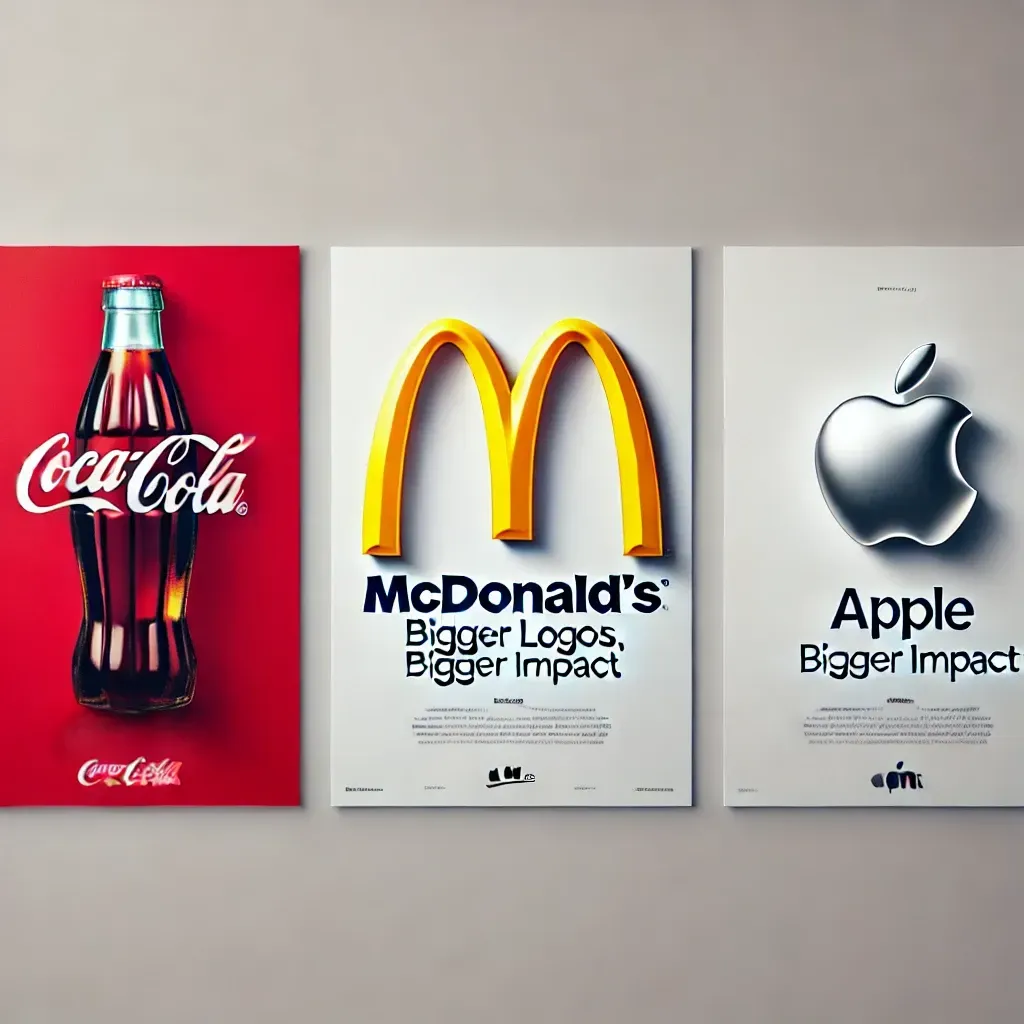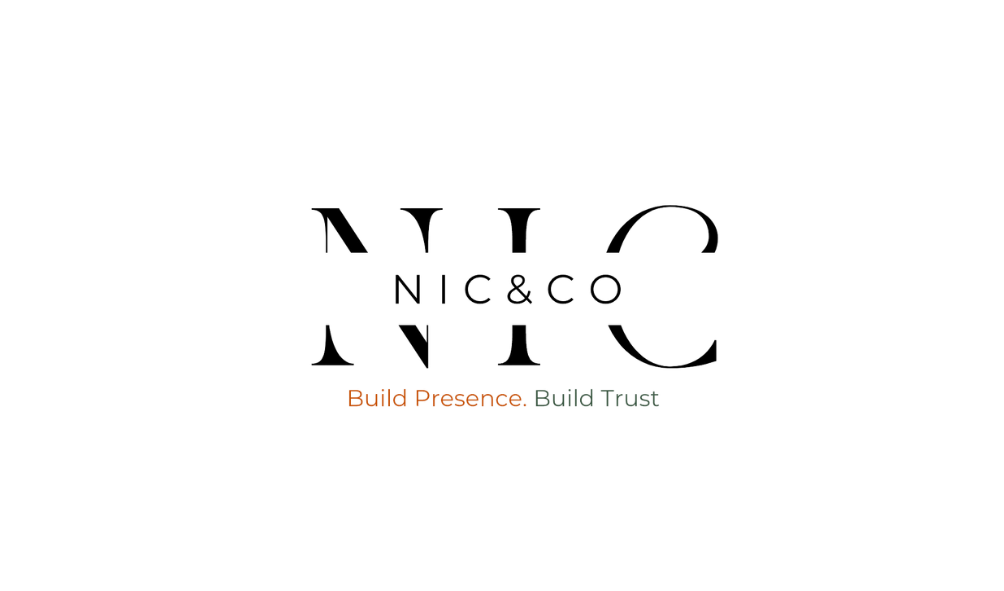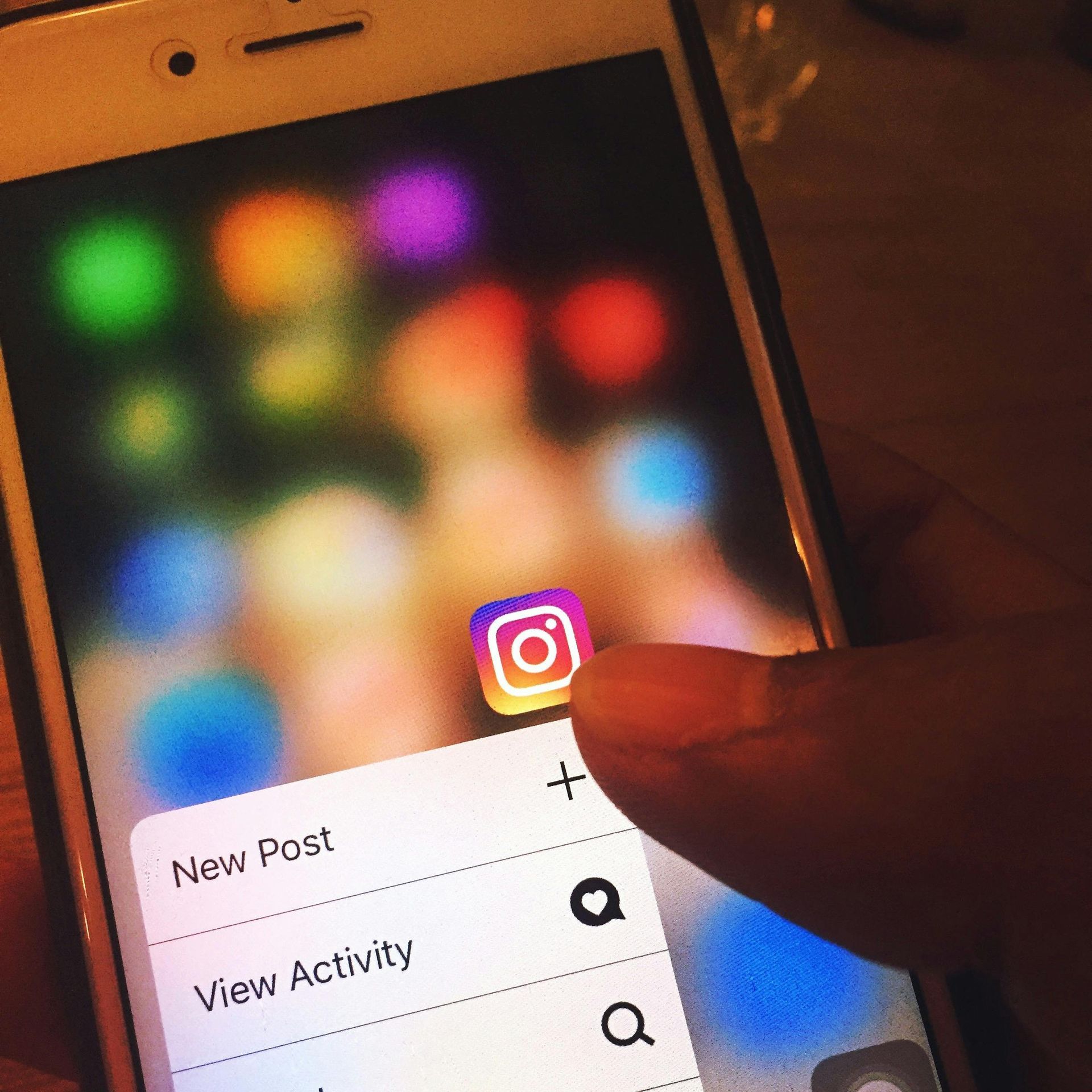Yes, make the logo bigger.
December 25, 2024

In the world of advertising and branding, one directive echoes louder than any other: "Make the logo bigger." While this phrase has been the subject of countless jokes and memes in the design and marketing world, it holds a surprising amount of truth. Data-backed research reveals that increasing logo visibility can significantly enhance brand recall and effectiveness, proving that sometimes, simplicity truly is key.
The Data Behind the Bigger Logo
A study conducted by Lindsay Rapacchi at Clear Channel UK tested the likability and brand linkage of advertisements with varying logo sizes. The findings were surprising:
Brand linkage improved dramatically as the logo size increased.
Likability scores remained stable, debunking the myth that a larger logo detracts from the audience’s connection to the ad. For instance, ads with larger logos scored around 3.7 to 3.8 out of 5 in likability, showing no significant drop compared to smaller logo designs.
Immediate recognition matters: The quicker an audience can identify a brand, the stronger the recall.
In essence, making the logo bigger doesn't dilute the ad’s impact—it amplifies it.
Why Brand Linkage Matters
Brand linkage refers to how easily viewers associate an ad with the brand behind it. It’s a critical metric in advertising effectiveness. According to a Nielsen study, strong brand linkage can improve the ROI of an ad campaign by up to 20%. If your audience can’t remember who the ad is for, even the most creative campaign fails to deliver results.
Breaking Down the Myths
Myth 1: Bigger Logos Are Unattractive
Designers often worry that increasing logo size will make the ad less aesthetically pleasing. However, the Clear Channel UK study suggests otherwise. Likability scores remained constant regardless of logo size, proving that a bigger logo doesn’t necessarily compromise the ad’s design.
Myth 2: Audiences Don’t Need to See the Logo
Some argue that subtlety is key and that the audience doesn’t need an overt logo presence to connect with the brand. But consider this: a Millward Brown study found that ads with strong brand cues had a 42% higher chance of leaving a lasting impression.
Examples of Bigger Logo Wins
Coca-Cola: Known for consistently displaying its logo prominently, Coca-Cola’s strong branding contributes to its ranking as one of the most recognised brands globally.
McDonald’s: The golden arches are never subtle—and that’s intentional. Their logo serves as a beacon, ensuring brand recognition in seconds.
Apple: Even in minimalist campaigns, the Apple logo is a focal point, reinforcing its brand identity.





